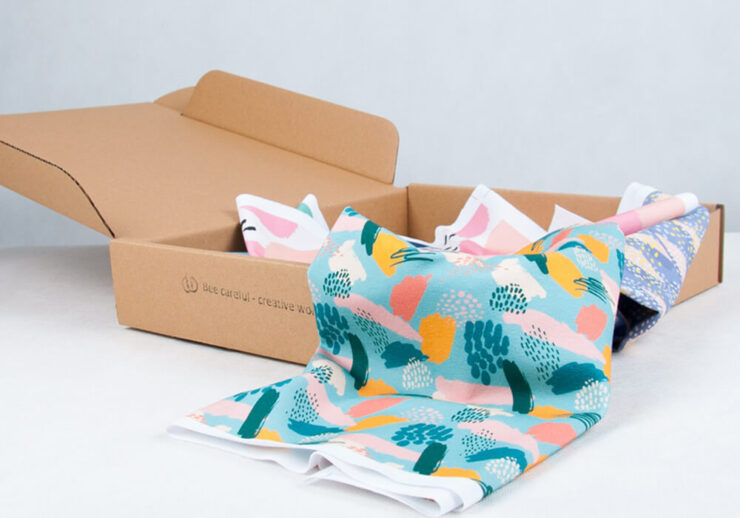Fashion is an ever-evolving industry that is always on the lookout for innovative ways to create unique designs and keep up with the latest trends. The emergence of digital fabric printing services has completely revolutionized the fashion industry, providing designers with a way to produce high-quality, customized fabrics in a much more efficient and cost-effective manner. This article explores the various ways digital fabric printing is changing the fashion industry and shaping the future of fashion.
Digital fabric printing is a technology that allows designers to create their designs and patterns digitally and then print them onto fabric using specialized printers. This process is much faster and more precise than traditional printing methods, which involve using screens and dyes to create patterns on fabric. With digital printing, designers can create complex designs with an almost unlimited number of colors and gradients, making it possible to create fabrics that were previously impossible to produce using traditional methods.
Advantages And Uses Of Digital Fabric Printing
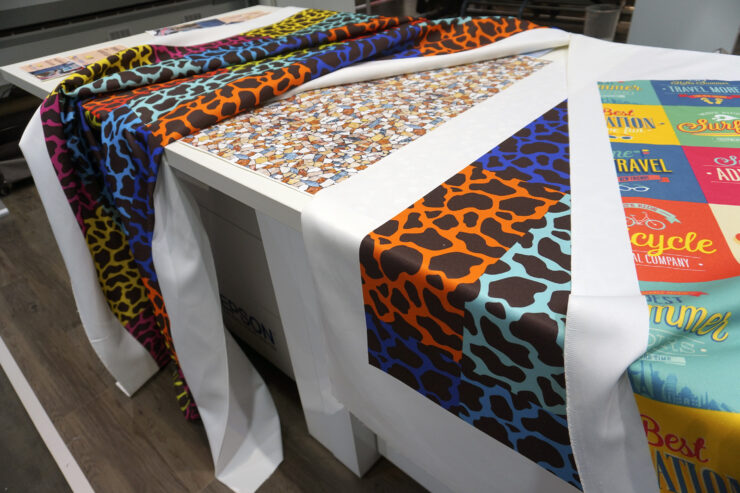
One of the biggest advantages of digital fabric printing is the level of customization that it offers. With traditional printing methods, designers were limited to a certain number of pre-made patterns and colors, and it took a lot of work and effort to create custom designs. With digital printing, however, designers can create completely unique patterns and colors that perfectly match their vision. This has led to a rise in demand for custom fabrics and clothing, as designers can now create truly one-of-a-kind pieces that stand out in a crowded market.
Another benefit of digital fabric printing is its sustainability. Traditional printing methods often involve using large amounts of water, energy, and chemicals to produce fabrics, which can be harmful to the environment. Digital printing, on the other hand, is much more eco-friendly, as it uses significantly less water and energy and produces far fewer harmful chemicals. This has led to a growing trend in the fashion industry towards sustainable and ethical production methods, with digital fabric printing playing a key role in this shift.
More Info On Digital Fabric Printing
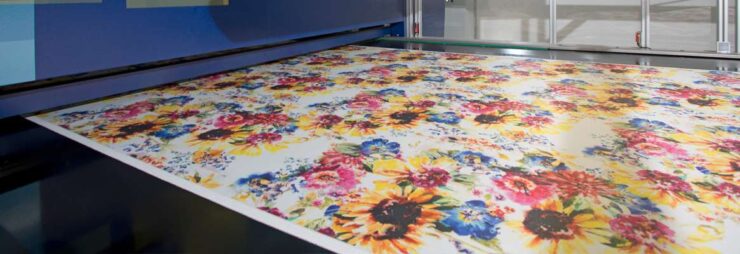
Digital fabric printing has also made it easier for designers to produce small-batch runs of fabrics and clothing, which was previously not feasible due to the high costs and long lead times associated with traditional printing methods. With digital printing services, designers can now produce smaller quantities of fabrics and clothing at a much lower cost, which has led to a rise in independent designers and small fashion businesses.
Furthermore, digital fabric printing has made it possible to produce highly detailed and intricate designs that were previously only possible through hand painting or embroidery. With digital printing, designers can create highly detailed patterns and prints with an incredible level of precision and accuracy, which has opened up new creative possibilities for designers.
Rise Of Digital Fabric Printing
The rise of digital fabric printing services has also led to the development of new types of fabrics and materials that were previously not possible to produce using traditional printing methods. For example, 3D printed fabrics and fabrics with conductive materials embedded within them can now be produced using digital printing technology, which has opened up new possibilities for smart fabrics and wearable technology.
As digital printing continues to evolve and improve, we can expect to see even more innovations in the fashion industry. Advances in printing technology and materials science will likely lead to new types of fabrics and clothing that are lighter, more breathable, and more comfortable than ever before. We may also see a rise in on-demand clothing production, with digital printing services allowing consumers to order custom clothing that is produced and shipped directly to them.
Challenges And Limitations Of Digital Fabric Printing
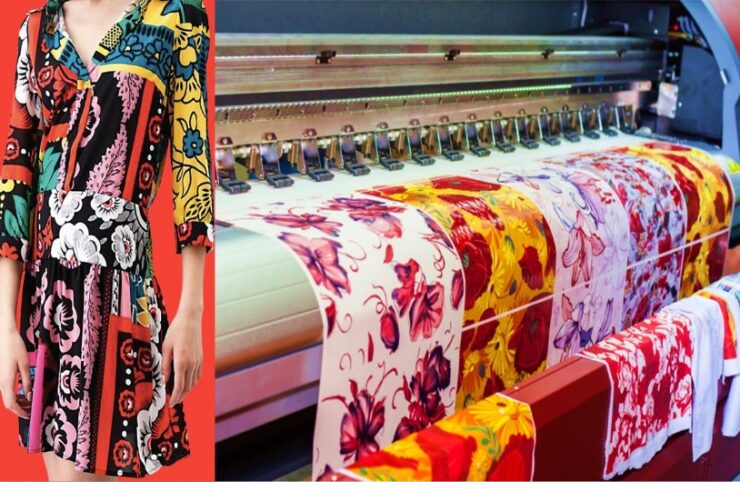
While digital fabric printing has many advantages, there are also some challenges and limitations that designers and manufacturers need to be aware of. One of the biggest challenges is the cost of the equipment and the ongoing maintenance required to keep the printers in good condition. Additionally, the cost of digital printing services can be higher than traditional printing methods for larger quantities of fabrics or clothing, although this cost can be offset by the ability to produce smaller runs of custom designs.
Another limitation of digital printing is the type of fabrics that can be used. While digital printing can be used on a wide range of fabrics, including natural and synthetic materials, some fabrics may need to be more suitable for digital printing due to their texture or composition. For example, fabrics with a high pile, such as velvet or fur, may not be able to be printed digitally, and fabrics with a high polyester content may not take the ink as well as other materials.
The Future Of Digital Fabric Printing
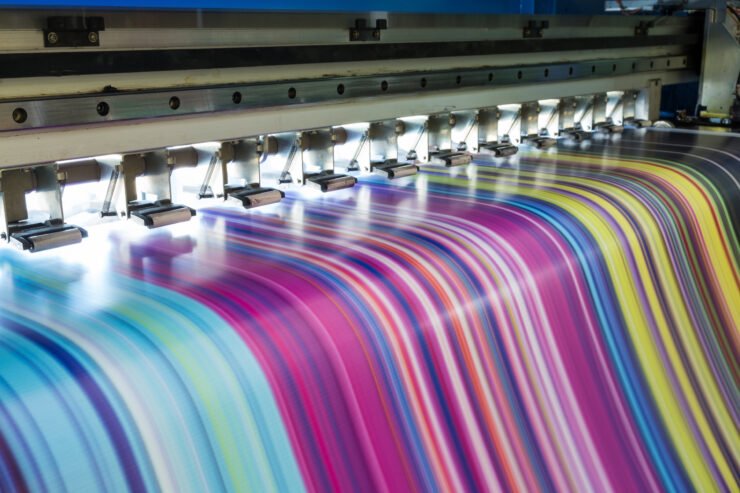
Despite these challenges, the future of digital fabric printing in the fashion industry looks bright. As the technology continues to improve, we can expect to see even more innovative designs and production methods that take advantage of the benefits of digital printing. In particular, we may see the development of new printing techniques that can produce even more intricate and detailed designs, as well as new materials that are specifically designed for digital printing.
We may also see a shift towards more sustainable and ethical production methods, as digital printing services can significantly reduce the environmental impact of textile production. This may include the use of eco-friendly inks and materials, as well as the development of new recycling and upcycling methods for fabric waste.
Conclusion
In conclusion, digital fabric printing is revolutionizing the fashion industry in numerous ways. From increased customization and sustainability to new types of fabrics and production methods, digital printing is changing the way designers and manufacturers produce clothing and textiles. While there are still some challenges and limitations to be addressed, the future of digital printing looks bright, and it can be expected to see even more innovative designs and production methods in the years to come.

